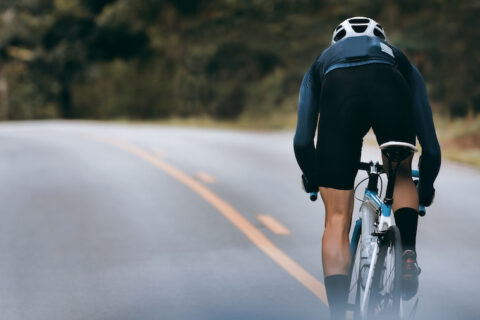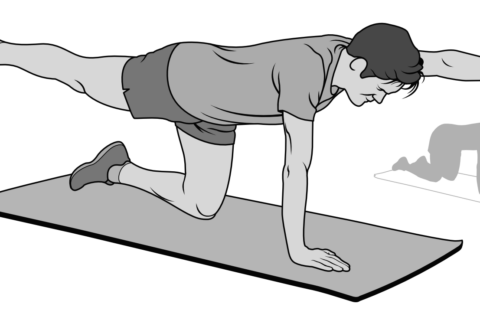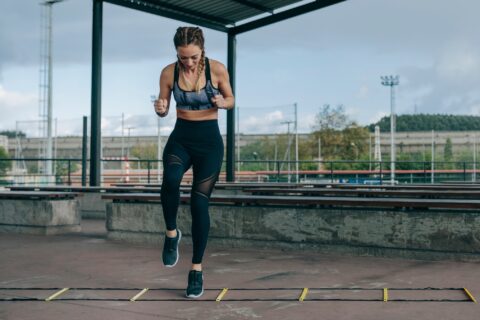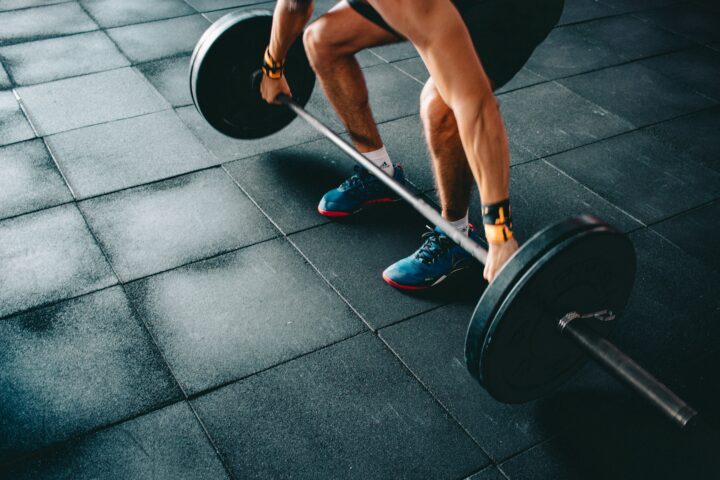We’ve got six exercises for you in the penultimate week of our Strength Training Series.
Video Transcript
Ryan Kohler 0:04
Here in Week 5, we’re going to add one new exercise for you. Hopefully over the last couple of weeks, you’ve been able to develop a good base of strength doing these movements on two legs. Today we’re going to add a new one called a single-leg kettlebell RDL. This is going to be a single-leg exercise that will challenge your balance and core stability. So with that, let’s get started with our front squat.
Single-Leg Kettlebell RDL
Ryan Kohler 1:03
So now we have our single-leg kettlebell RDL. We’re going to do six to eight reps for three sets here. So for this one you’ll need a kettlebell on the floor, and the setup for this—what I like to do is kind of put my…well I’ll start with my left foot here—is I have my left foot in alignment with the kettlebell. And then what I’m going to do is just tip forward to pick it up. And as I do that, I start the movement with my rear foot, so I’m not just bending over like this, but I’m bending over and keeping my torso and leg in alignment as best I can. So from there, we come down, pick this up, and then drive back up to the starting position. We’ll slowly lower and then drive back up to that starting position. So we’ll finish up on our one side, put the weight down, we’ll shift over a little bit and then start ourselves up on the next one. So let’s get started.
Side Plank
Ryan Kohler 2:10
Okay, so let’s get into our planks: two to three sets, 30- to 60-second holds on each side.
All right, that’s about it for Week 5. Hopefully you feel like you’ve made some great progress along the way. Next week, we’re coming back with Week 6 and one new exercise for you then. See you next week.



